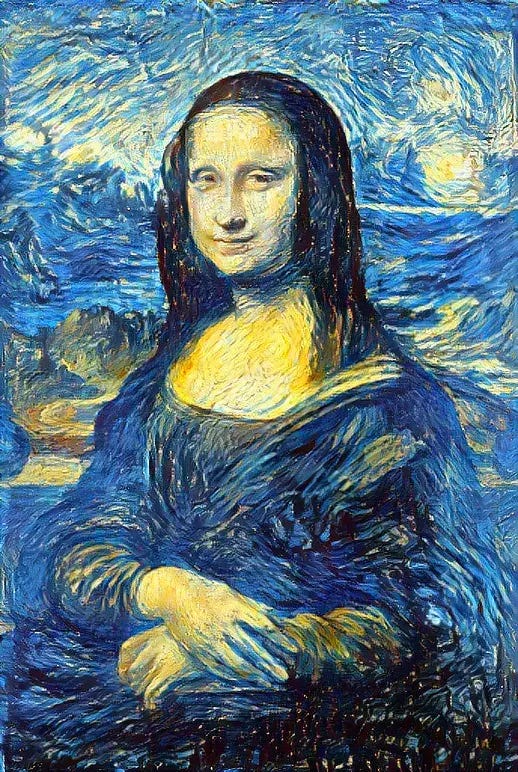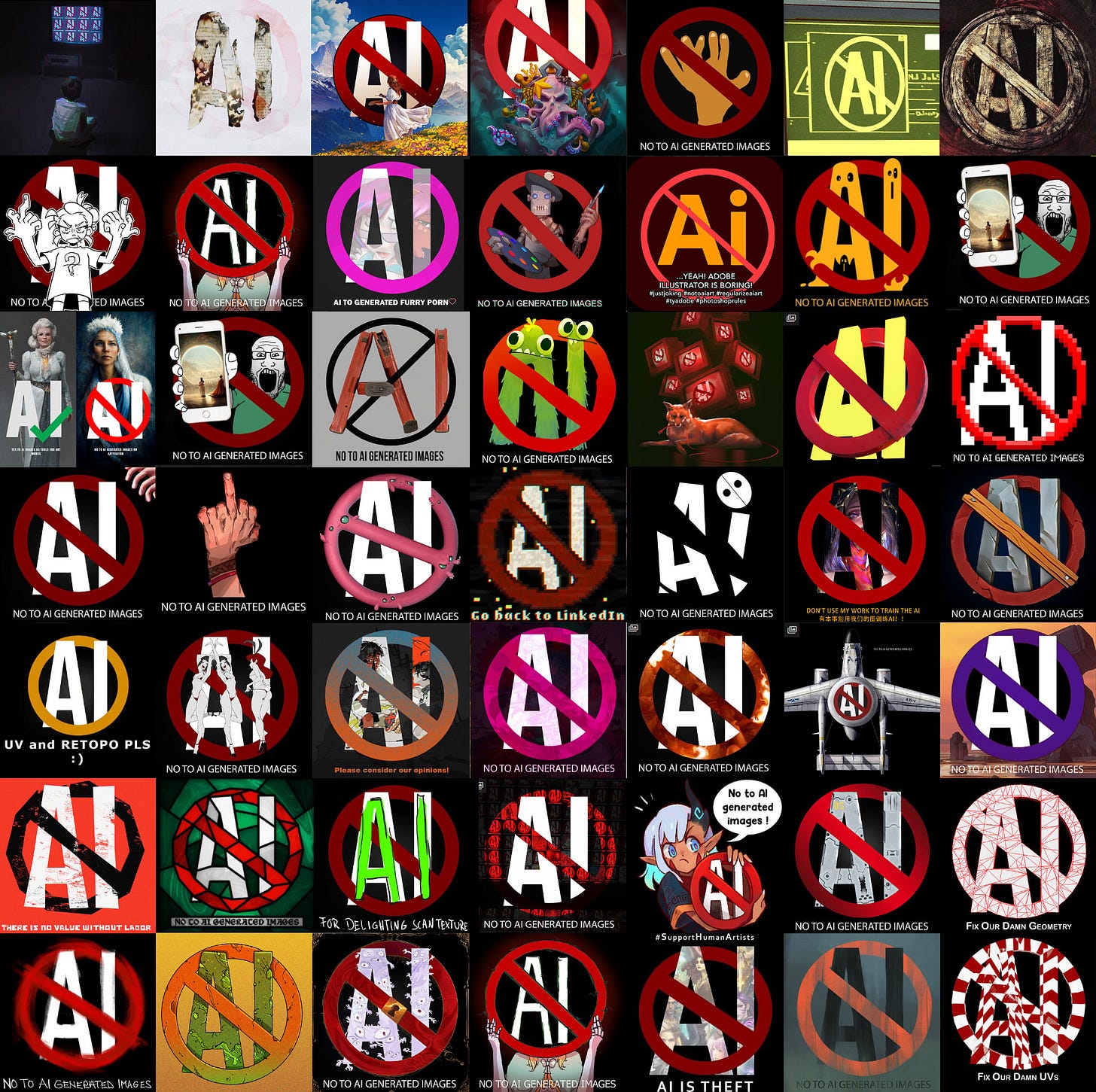The A.I. Art Debate
From individuals to businesses, the current discussions around the ethical and legal issues of A.I. art
I saw a persecution on Reddit the other day – a group of anonymous keyboard warriors were up in arms against an unlucky artist trying to promote their work. “Why are you selling A.I. generated art?” “This looks like A.I.”
Whilst many believe they can distinguish the difference between A.I. art and human-made art, findings in a study conducted by Harsha Gangadharbatla suggests that “individuals are unable to accurately identify AI-generated artwork” and further, “abstract art” is more likely to be associated with machines.
Alas, the artist was actually selling oil paintings on canvas, but nobody had bothered to check.
Artists despising A.I. generated art is an issue with which anyone can empathize:
An artist, who has spent many laborious years refining their skills, suddenly finds that software can generate images rivalling their best work in a marginal timeframe.
A popular artist finds that their works have been fed into an A.I. model, and every Tom, Dick and Harry can now generate artwork in their signature style (Vincent Van Gogh and Monet appear to be some of the greatest victims of this).

In consideration of these scenarios, it begs the question, “What is the impact on the value of digital art?”.
Taking a simplistic view:
🔽 Production costs (time and effort) decreases
🔼 Supply increases
🔽 Value decreases
The logo a company paid $2,000 to create? Now free! Don’t like the design? Why pay $500 for a revision when you can generate a variation for free?
Furthermore, at the core of A.I. generation, is training data. In the same way that text generative A.I. is trained on different text (think: formal research papers to casual chat text), art generative A.I. is trained on different images (think: modern photograph to renaissance painting).
An A.I. model can extract information, whether that be, for text, a pattern of speech or embedded information, and, for art, a painting style or features of a subject. In turn, this information (data), is used for A.I. image generation.
So what’s the issue with having to use training data to teach an A.I.? Intellectual property and copyright law.
It’s no wonder that artists around the world staged a protest on ArtStation, an art portfolio online platform.

Individuals aren’t alone in the war against A.I.; Getty Images recently filed a lawsuit against Stability AI, the creators of Stable Diffusion (an open-source A.I. art generator).

As with any disruptive industry, we’ve seen that regulatory changes, whilst essential, are slow. In other words – watch this space.
Whilst the debate in relation to the usage and ownership of A.I. art remains ongoing, no one can change the fact that A.I. technology is expanding at an exponential rate. Instead of denying A.I., individuals, businesses and artists alike should look to leverage A.I. technology.
Can you tell which of the photographs below was A.I generated?


If you’re curious, you can find the real photograph here. I generated the other using DALL-E.






Super interesting content AC!